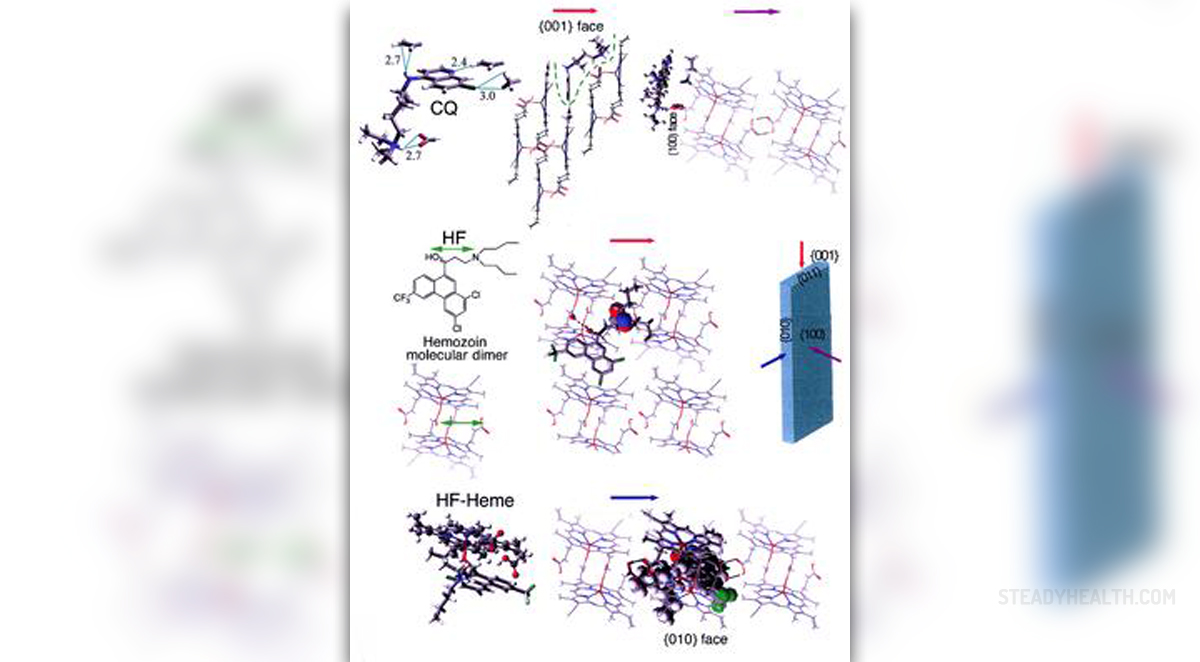
Inhalants are substances which are abused through the process of inhaling their vapors or fumes. One may abuse these substances by placing the plastic bag over his/her mouth and breathing in the substances from the inside or by inhaling the fumes and the vapors from original containers in which they are obtained.
The process of inhaling substances illegally, in order to achieve the intoxicating effect, is called huffing. Huffing is wide-spread around the US, even though many cases of this form of drug abuse are not noticeable due to the fact that the symptoms of this condition are often unknown or mysterious. Therefore, the following lines will shed some light on the matter, allowing you to differentiate huffing from anything else and know how dangerous this activity is for many aspects of your health and life in general.
Who Abuses Inhalants?
Out of all people who abuse inhalants, adolescents take the first place. Namely, a vast majority of people involved in huffing are of this age, inhaling fumes from various substances, most of these being easily obtained in every household, only to achieve the euphoric effect of the action. However, getting “high” on inhalants can be very dangerous, since you might be risking brain damage and possibly death, mainly due to the lack of oxygen involved in the action.
As far as adults are concerned, some members of this category abuse inhalants too, mainly to boost their sexual performance and experience.
Currently, the number of inhalant abusers grows year by year. According to a research carried out by the National Household Survey on Drug Abuse , in 1990, there were 392,000 people abusing these substances while in 1999 there were 1,010,000 of them. Thus, the growth in the number of abusers in the US grew by 158%. Out of all these people, 636,000 were children and teenagers from 12 to 17 years of age, abusing inhalants for the first time in their lives. However, the older group, ranging from 18 to 25 years of age encompassed 276,000 individuals abusing inhalants. All in all 17 million people have got in contact with inhalants at some point of their lives.
How are Inhalants Abused?
In order for an inhalant to be abused, it needs to be inhaled either through the mouth or through the nose. Usually, the substance is inhaled deeply, through several breaths taken. Sniffing or snorting are also methods which are used for these purposes. Alternatively, the abusers may pour the substance onto a rag or soak the rag into the substance, holding it close to the face afterwards or even stuffing it inside the mouth.
As far as aerosol substances are concerned, the abusers spray them directly into their nasal cavity or mouth. In some cases, the abusers even spray the substances onto their sleeves, collars or other parts of their clothing, sniffing the vapors for a long time afterwards. Yet, the most commonly practiced way of abusing inhalants is by pouring them inside a plastic bag, breathing it in by covering one's mouth and nose with the bag itself.
What are the Effects?
People who are under the influence of inhalants usually appear drunk or disoriented. Also, they might have paint or marks from some other substances on their skin or clothing. Their speech might be slurred and chemicals may be smelled once they get close to a person who is not abusing inhalants. People on inhalants may be reluctant to eat due to the nausea they feel and they may have a runny, red nose or rashes around the mouth and the nose area.
However, the actual side-effects of huffing are far more serious than the visible ones. In general, people indulge into huffing for the sake of the euphoria they experience once they get intoxicated. At first, they feel excitement, which later evolves into drowsiness, lightheadedness and, finally, agitation. Additionally, some abusers have reported feeling free from all inhibitions once they are under the influence of inhalants.
Depending on the substance vapors inhaled, the side-effects may reach hallucinations, delusions, apathy and impaired judgment too. For long-term abusers, their huffing rituals may result in weight loss, muscle weakness, sleeping disorders, disorientation, coordination problems, depression and irritability.
Moreover, once people who are addicted to inhalants stop abusing them, they fact a variety of withdrawal effects including rapid pulse, sweating, hand tremors, sleeplessness, nausea and vomiting, hallucinations and, sometimes, even seizures.
Adults who breathe in the vapors of nitrites in order to increase their sexual enjoyment usually experience dilated blood vessels, increased heart rate and several minutes of heat and excitement. However, this “habit” increases their chances of suffering from sexually transmitted diseases.
Finally, inhalants, when abused in the long run, destroy one's kidneys, liver, lungs and brain, possibly leading to death due to suffocation, irregular heartbeats or some other problems related to huffing.
According to various sources, more than 46 states of the US have engaged in changing the laws so that they can fight this growing addiction. In fact, most of the abused inhalants were never made for these purposes. Thus, knowing how to protect yourself is crucial. Every inhalant can lead to many health issues and potentially death.
So, be careful and avoid inhalants, protecting both yourself and the people you love from this form of substance abuse.


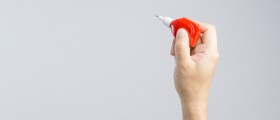
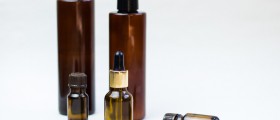



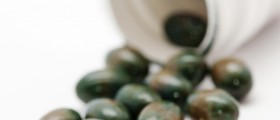

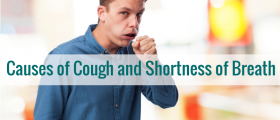




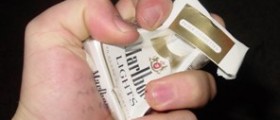

Your thoughts on this
Loading...